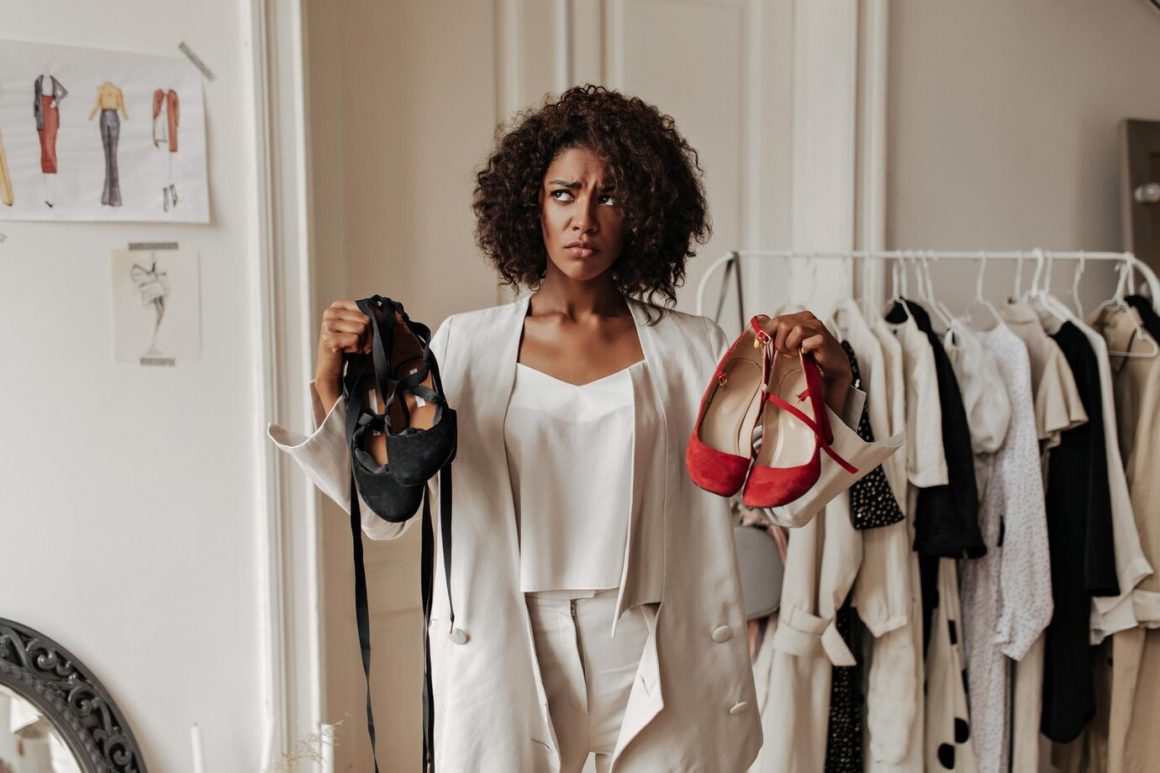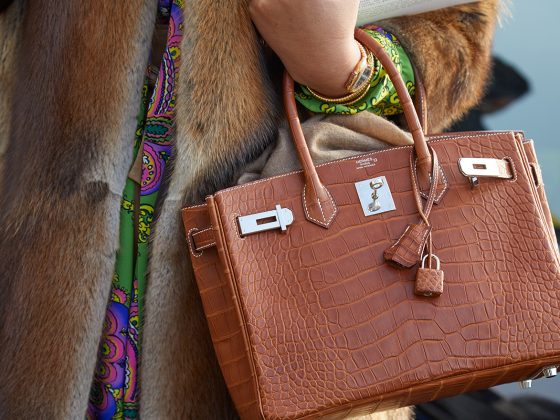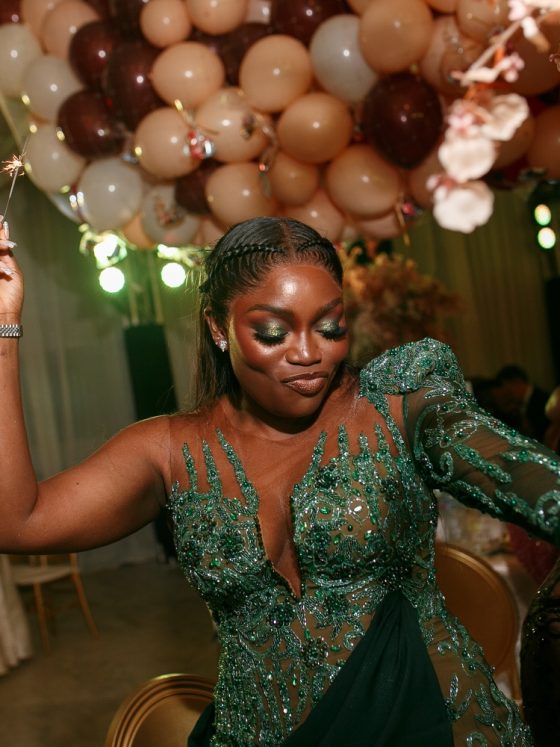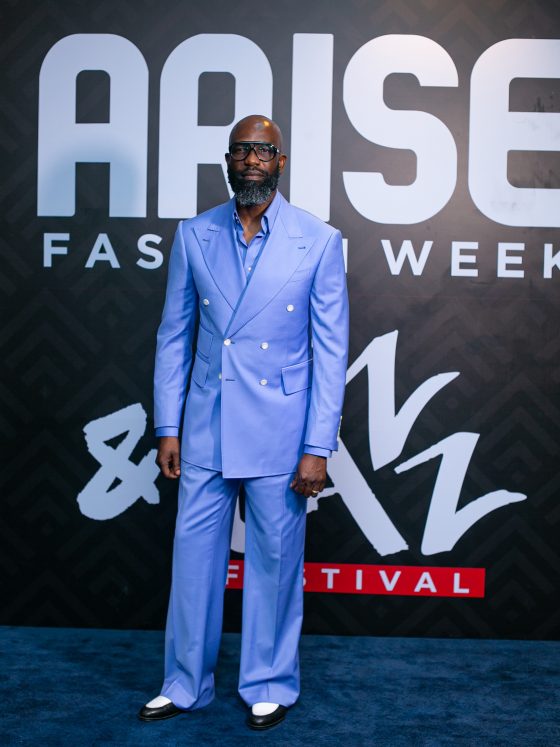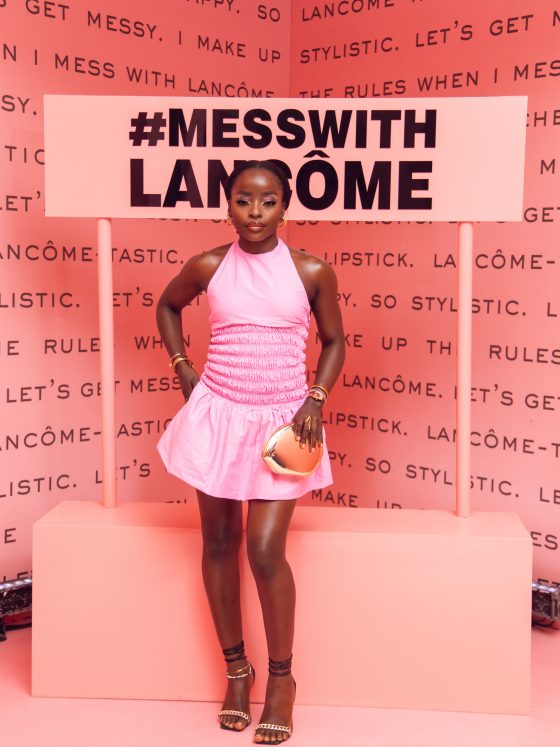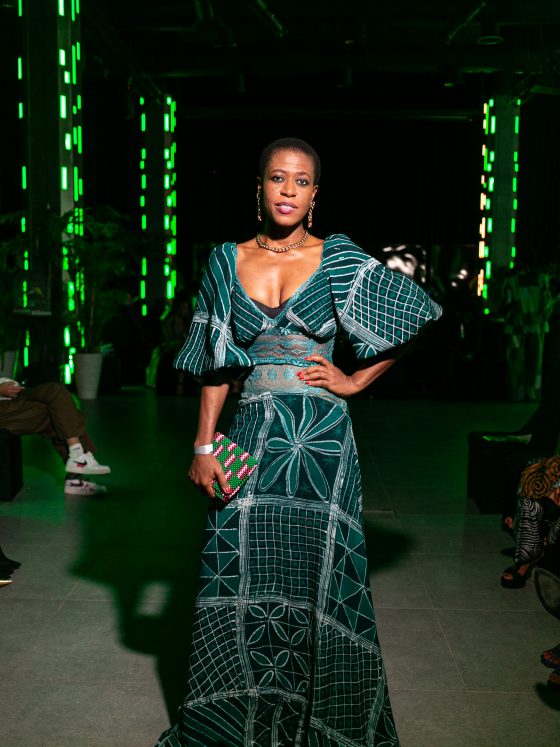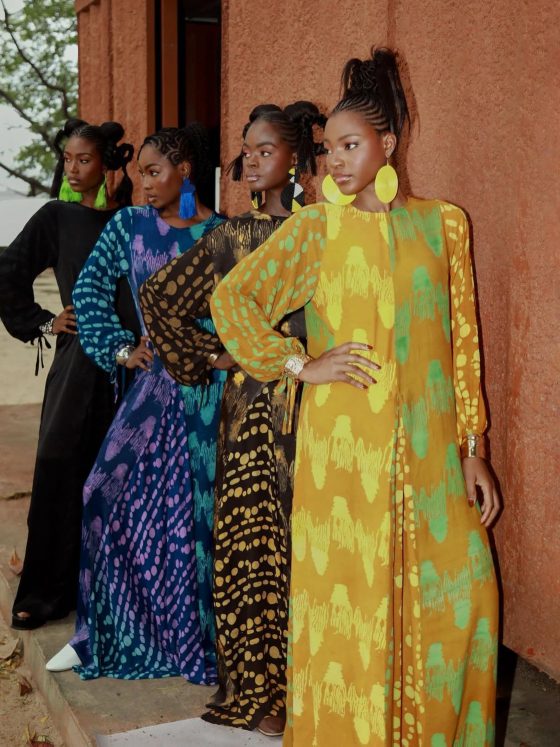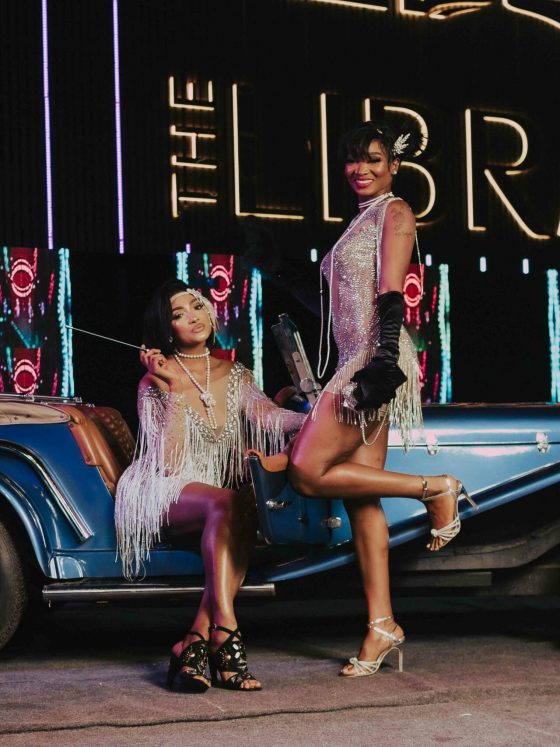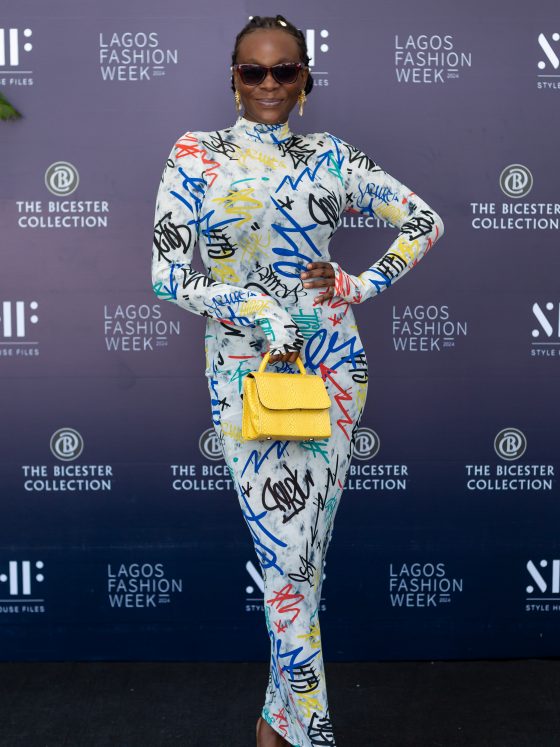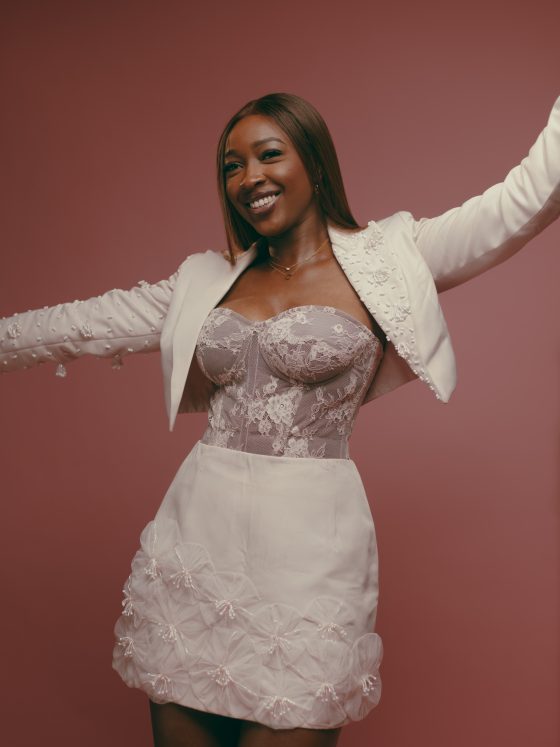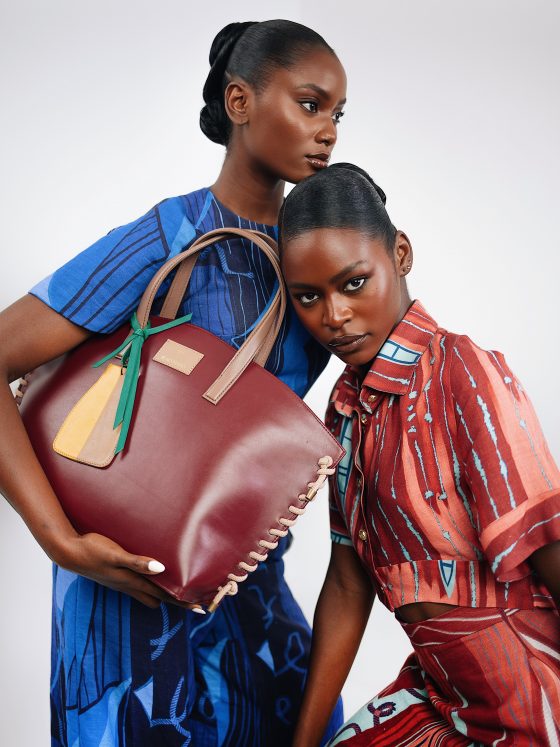With the way trends come and go with the seasons, it’s easy to find oneself caught in an endless shopping cycle. The lure of the latest styles and the constant barrage of “new arrivals” can make even the most discerning shopper’s head spin. However, curbing overconsumption doesn’t mean you have to compromise on style. In fact, it can lead to a more unique and personal aesthetic while being kinder to our planet.
Moreover, this relentless cycle also empties our wallets.
Whatever the case, it’s time we take a step back and consider the implications of our fashion choices. Here’s a guide on stylishly combating overconsumption without sacrificing your fashion sense.
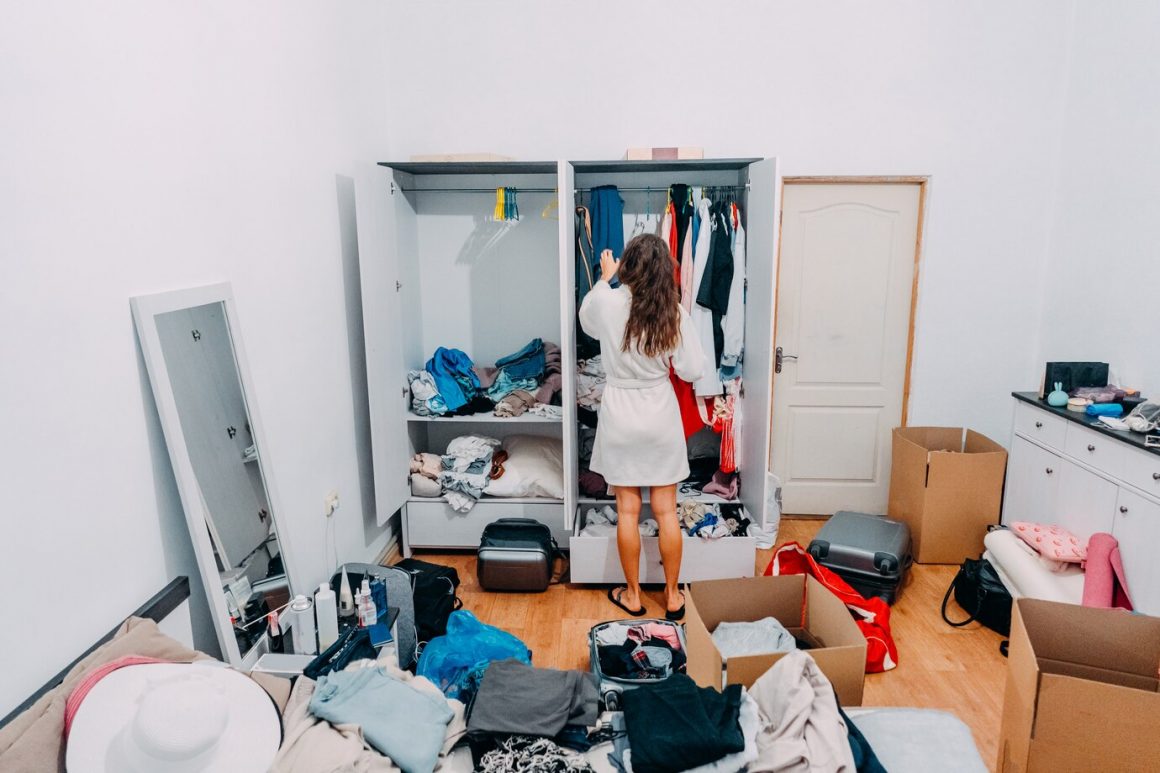
Quality Over Quantity
The first step towards reducing overconsumption is focusing on quality over quantity. Investing in well-made pieces that last longer reduces the need to buy frequently and ensures that your clothes don’t end up in a landfill after a few wears. High-quality garments often fit better and look nicer, enhancing your overall style. Brands that emphasise craftsmanship and sustainable materials might come with a higher price tag upfront, but the longevity of these pieces means you save money in the long run.

Timeless Style, Not Fast Trends
Trend-chasing is a surefire way to a bloated closet and a depleted wallet. Instead, building a wardrobe around timeless pieces ensures you always have something stylish to wear. Classics like a well-fitting blazer, a sleek pair of trousers, or a versatile dress are the foundations of a chic wardrobe that transcends seasonal fads.
The Art of Accessorising
Accessories are the secret weapon in the stylish shopper’s arsenal. By updating your accessories—be it jewellery, belts, or bags —you can completely transform the look of your foundational pieces. A basic outfit can be styled in multiple ways with different accessories, which means fewer pieces can create more outfits.
The Capsule Wardrobe Concept
The concept of a capsule wardrobe involves curating a limited number of versatile items that mix and match effortlessly. This doesn’t mean having a boring wardrobe; it’s about having pieces you love that work well together. This approach simplifies decision-making in the morning, reduces clutter, and makes it easier to resist impulse buys.
Secondhand and Vintage Shopping
Exploring secondhand and vintage markets is an eco-friendly shopping alternative and a way to cultivate a unique style. Vintage pieces add character and uniqueness that can’t be replicated by fast fashion. Moreover, secondhand shopping can be a treasure hunt, offering the thrill of the find without the guilt of adding to the demand for new, resource-heavy clothing.
Mindful Consumption
Becoming a mindful consumer means thinking about the why behind your purchases. Before buying, ask yourself if this item is something you truly need or if it’s just a fleeting desire prompted by external influences like advertising or social media trends. Mindful consumption encourages you to value what you have and to make thoughtful additions to your wardrobe that enhance your style and last longer.
DIY Fashion
For the creatively inclined, DIY fashion is a fulfilling way to enhance personal style. Customising your clothes—whether through tailoring, dyeing, or adding decorative details—gives a new lease of life to old garments and ensures you’re wearing a one-of-a-kind piece. This curbs the need for new clothes and gives you a sense of accomplishment and a truly personal style.
